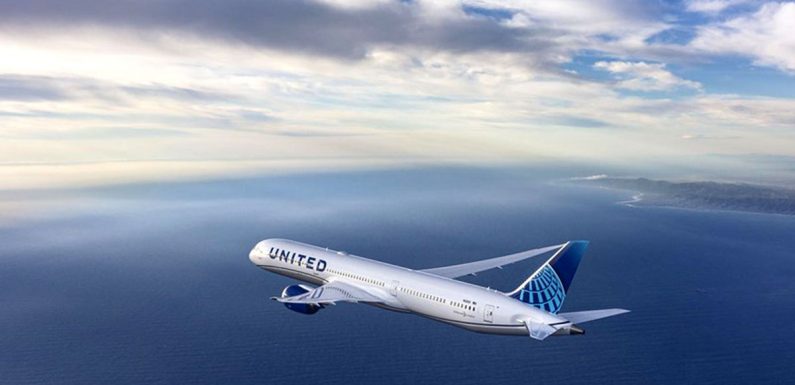
United, and full-service airlines generally, remain primed for a robust fall and 2023 despite high inflation and the potential for a recession, United CEO Scott Kirby confidently said Wednesday during the airline’s Q3 earnings call.
His remarks were similar to the view expressed by Delta CEO Ed Bastian during Delta’s earnings call last week.
“Aviation uniquely is still in the recovery phase,” Kirby said.
Several factors are driving Kirby’s confidence. He noted that some key markets, such as Japan, are only now opening to unrestricted international travel. And he expects further recovery in corporate travel, which remains down approximately 20% at United from 2019.
The boom in ‘bleisure’
Another long-term upside for the industry, Kirby said, is what he describes as a permanent change due to the pandemic-caused shift toward hybrid work patterns.
“With hybrid work, every weekend can be a holiday weekend,” Kirby said. As a result, people are taking more leisure trips than in the past.
A third reason United is bullish, said Kirby, is that unlike many other industries, the airline industry remains significantly smaller than it was in 2019. Shortages of pilots and other staff, air traffic controller shortfalls, and aircraft delivery delays have held back capacity.
United flew 9.8% less capacity during the third quarter than during the same period in 2019. And Kirby said the industry remains as much as 15% smaller than it was in 2019 relative to GDP. As a result, pent-up travel demand has not yet been expended.
Further, the shift toward hybrid working could have an especially significant impact on United’s operation over the long-term, with peak and off-season flying periods becoming less pronounced, said United chief commercial officer Andrew Nocella.
United and other airlines have already noted booking pattern changes for Thanksgiving and the Christmas season that suggest a longer sequence of peak travel days. And a surprisingly strong September also spoke to the change caused by hybrid working.
One schedule adjustment United has already made as result — more transatlantic routes will continue to operate daily during the slow winter season.
Longer term, Nocella said, the shift is likely to improve the airline’s cost structure. United sets pilot staffing targets based upon peak summer travel levels. So, if the discrepancy between summer and off-season travel periods were to diminish, staffing levels would be easier to optimize.
United’s profit nearly hits $1 billion
For the third quarter, United reported net income of $942 million, off just 8% from 2022. High ticket prices and load factors, combined with strong revenue from co-branded credit cards, were partially offset by high fuel costs and reduced capacity.
The carrier reported operating revenue of $12.9 billion, up 13.2% from the September quarter of 2019 and $140 million more than analyst expectations, according to investment website Seeking Alpha. Ticket yields, as measured by revenue per passenger mile flown, increased 21.6%.
The carrier’s expenses for the third quarter were $11.4 billion, up 15.3% compared to 2019, due largely to a jump of 63.5% in fuel costs.
United expects capacity to remain down 9% to 10% in Q4 relative to 2019. The carrier, though, projects its operating margin to exceed the 2019 level for the first time since the pandemic began.
Source: Read Full Article









